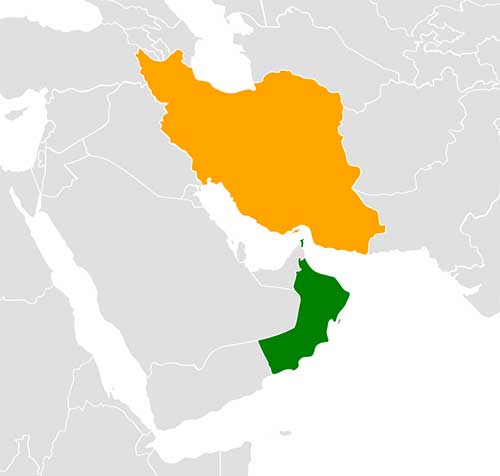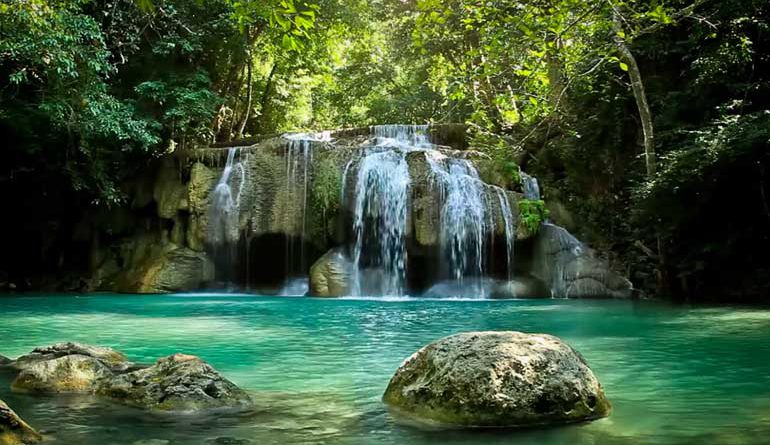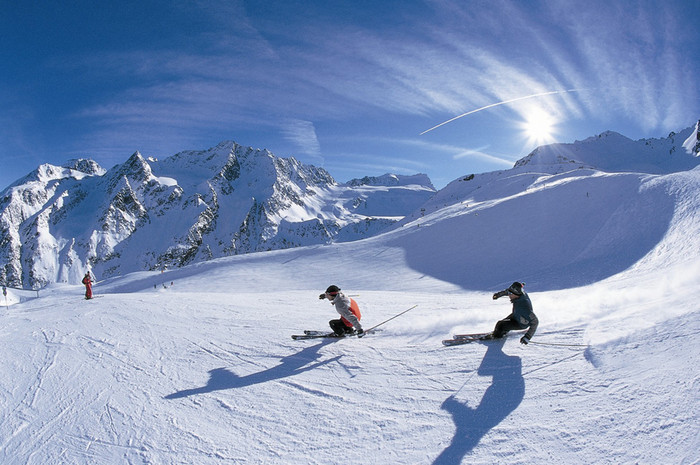Special offers For Omanis to visit Iran
We are a well-known travel agency located in Tehran, Iran with over 20 years of experience in the field of the tourism industry; we have honorably provided our customers' services such as tour packages, flights, visa, travel insurances and etc. Additionally, we have planned to hold incoming tours for our foreign passengers.
Iran and have great bilateral relations and currently, they share diplomatic and economic ties. Therefore, we have decided to provide incoming tours for Omanis in the most popular cities of Iran with special discounts and great prices. It is a great opportunity to discover places you have never seen before, and we would be there on your journey to give you the best services and make your trip memorable.

If you have any question please do not hesitate to contact us:
Skiing in Iran
Also, one of our special offers is the Dizin ski tour, which would be in winter and it is a great chance for those who enjoy skiing.
Dizin (Persian: دیزین) is the largest Iranian ski resort. It is located in the Alborz mountain range, about 70km North from Tehran. It was established during the 1960s under the reign of Mohammad Reza Pahlavi.
Dizin is the first ski and winter sports resort in Iran which has been officially recognized and granted the title by the International Ski Federation for its capability in administrating official and international competitions.[2]
The ski season in Dizin lasts from December to May, due to its high altitude. The highest ski lift reaches 3,600 m (11,800 ft), making it one of the 40 highest ski resorts in the world.
festivals and ceremonies
Nowruz
Nowruz is the Iranian New Year, also known as the Persian New Year, which is celebrated worldwide by various ethnolinguistic groups. Despite its Iranian and Zoroastrian origins, Nowruz has been celebrated by diverse communities. It has been celebrated for over 3,000 years in Western Asia, Central Asia, the Caucasus, the Black Sea Basin, and the Balkans. It is a secular holiday for most celebrants that is enjoyed by people of several different faiths but remains a holy day for Zoroastrians and some Muslim communities.
Nowruz is the day of the vernal equinox and marks the beginning of spring in the Northern Hemisphere. It marks the first day of the first month (Farvardin) of the Iranian calendar. It usually occurs on March 21 or the previous or following day, depending on where it is observed. The moment the Sun crosses the celestial equator and equalizes night and day is calculated exactly every year, and families gather together to observe the rituals.
Yalda night
hab-e Yalda ("Yalda night"ا) or Shab-e Chelleh ("night of forty")is an Iranic festival celebrated on the "longest and darkest night of the year," Yalda is a winter solstice celebration that is, in the night of the Northern Hemisphere's winter solstice. Cylindrically, this corresponds to the night of December 20/21 (±1) in the Gregorian calendar, and to the night between the last day of the ninth month (Azar) and the first day of the tenth month (Dey) of the Iranian civil calendar.
The longest and darkest night of the year is a time when friends and family gather together to eat, drink and read poetry (especially Hafez) until well after midnight. Fruits and nuts are eaten and pomegranates and watermelons are particularly significant. The red color in these fruits symbolizes the crimson hues of dawn and glow of life. The poems of Divan-e Hafez, which can be found in the bookcases of most Iranian families, are read or recited on various occasions such as this festival and Nowruz. Shab-e Yalda was officially added to Iran's List of National Treasures in a special ceremony in 2008.
Ashura
Yom Ashura or Ashura (Arabic: عاشوراء ʻĀshūrā’) is the tenth day of Muḥarram, the first month in the Islamic calendar.
Ashura marks the climax of the Remembrance of Muharram and commemorates the death of Husayn ibn Ali, the grandson of the prophet of Islam, Muhammad at the Battle of Karbala on 10 Muharram in the year 61 AH (in AHt: October 10, 680 CE). Mourning for the incident began almost immediately after the Battle of Karbala. Popular elegies were written by poets to commemorate the Battle of Karbala during the Umayyad and Abbasid era, and the earliest public mourning rituals occurred in 963 CE during the Buyid dynasty.
In Afghanistan, Iran, Iraq, Lebanon, Bahrain and Pakistan Ashura has become a national holiday, and many ethnic and religious communities participate in it.
In Sunni beliefs, Ashura marks the day that Moses and the Israelites were saved from Pharaoh by God creating a path in the Sea and is the Islamic equivalent to Yom Kippur. Other commemorations include Noah leaving the Ark and Muhammad's arrival in Medina.
Chaharshanbe Suri
Chaharshanbe-Suri (Persian: romanized: čahâr-šanbeh sūrī (lit. "Festive Wednesday"); usually pronounced Čāršamba-sūrī) is an Iranian festival celebrated on the eve of the last Wednesday before Nowruz (the Iranian New Year).
The Persian name of the festival consists of čahāršanbe (چهارشنبه), the name of Wednesday in the Iranian calendars, and Suri (سوری), meaning "festive". Local varieties of the name of the festival include Azerbaijani Gūl Čāršamba (in Ardabil), Kurdish Kola Čowāršamba and Čowāršama Koli (in Kurdistan), and Isfahani Persian Čāršambe Sorxi (in Isfahan). To the Yezidi Kurds, it is known as Çarşema Sor.
Before the start of the festival, people gather brushwood in an open, free exterior space. At sunset, after making one or more bonfires, they jump over the flames, singing sorxi-ye to az man, zardi-ye man az to, literally meaning "[let] your ruddiness [be] mine, my paleness yours", or a local equivalent of it. This is considered a purificatory practice.
citation: Wikipedia




